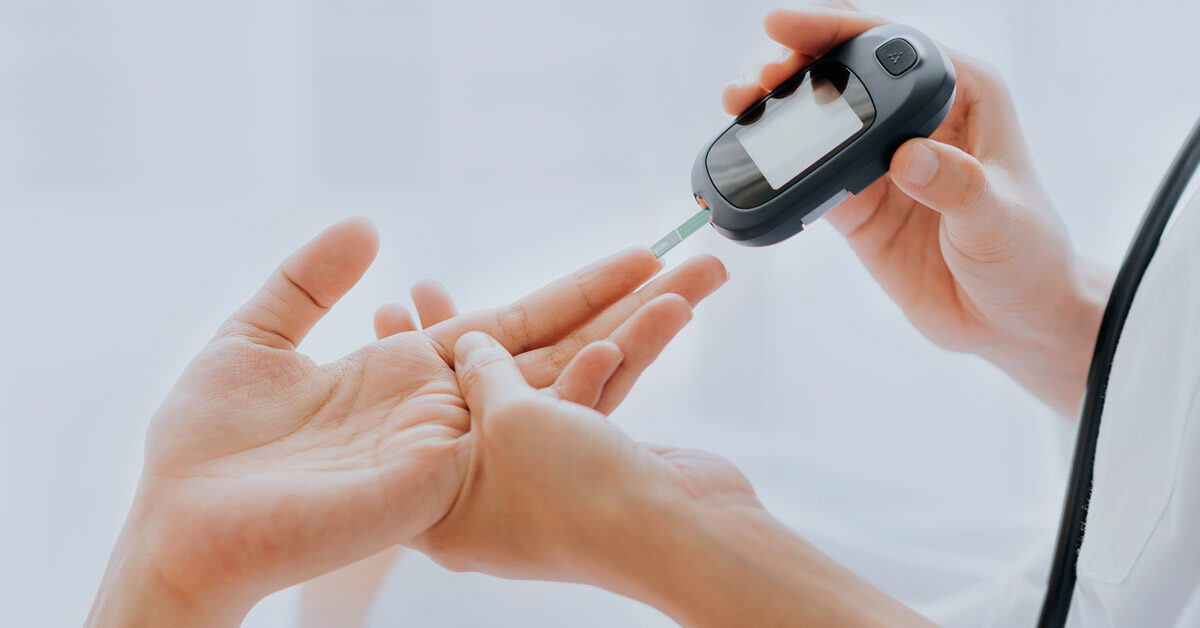No products in the basket.
A haemoglobin A1C (HbA1C) test is a blood test that shows what your average blood sugar (glucose) level was over the past two to three months.The term HbA1c refers to glycated haemoglobin. It develops when haemoglobin joins with glucose in the blood, becoming ‘glycated’. The amount of glucose that combines with haemoglobin is directly proportional to the total amount of sugar that is in your system at that time. Therefore, by measuring glycated haemoglobin (HbA1c), we can get an overall picture of what a person’s average blood sugar levels have been over a period of approx. 2-3 months.
For the vast majority of patients with diabetes, HbA1c provides an excellent measure of glycemic control. However, there are situations where HbA1c may be unreliable. These include any condition that alters the erythrocyte life span (e.g., hemolytic anemia), severe iron-deficiency anemia, and certain hemoglobin variants or adducts, or recent red blood cell transfusions. Factors such as race or age are also reported to influence HbA1c.
An A1C test may be used to screen for or diagnose:
If you have diabetes or prediabetes, an A1C test can help monitor your condition and check how well you’ve been able to control your blood sugar levels.


Your pulse rate, also known as your heart rate, is the number of times your heart beats per minute. A normal resting heart rate should be between 60 to 100 beats per minute, but it can vary from minute to minute.
Your age and general health can also affect your pulse rate, so it’s important to remember that a ‘normal’ pulse can vary from person to person.
Your heart rhythm is the rhythm at which your heart beats. It will learn whether those beats come regularly (or not). Suppose you have a heart rate of 80, then your heart should beat every 0,75 seconds.
Your heart rate varies constantly. But your heart rhythm should remain regular throughout the day.
An irregular heart rhythm is what we call a heart rhythm disorder. Occasionally your heart can skip a beat, this is called an ectopic beat. Or your heartbeats follow each other rapidly during a short period of time and then slow down again.
An example to make it clear. This graph shows the same heart rate twice.
In both cases, the heart beats 60 times per minute. Although the heart rate is the same, that cannot be said about the heart rhythm.
A member of our pharmacy team will do all the screening, discuss results with you and when required give a referral letter with for you to discuss with your GP.